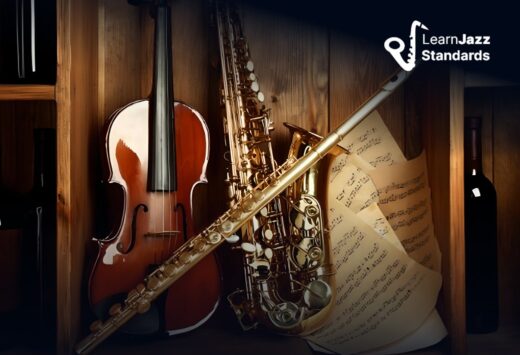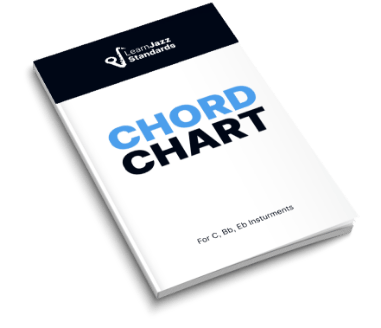The Girl From Ipanema is a beloved jazz standard by Antonio Carlos Jobim and lots of people like to play this song. It has a beautiful melody but the bridge is really complicated to understand.
So, in today’s video, I’m going to be going over a full-on chords analysis of the bridge of the Girl From Ipanema, so you can understand it better and therefore, play the song better.
Important Links and Resources
Suggested Resource:
This lesson comes out of my eBook and Companion Course “The Jazz Standards Playbook Vol. 2.” Check it out here.
Further Reading:







